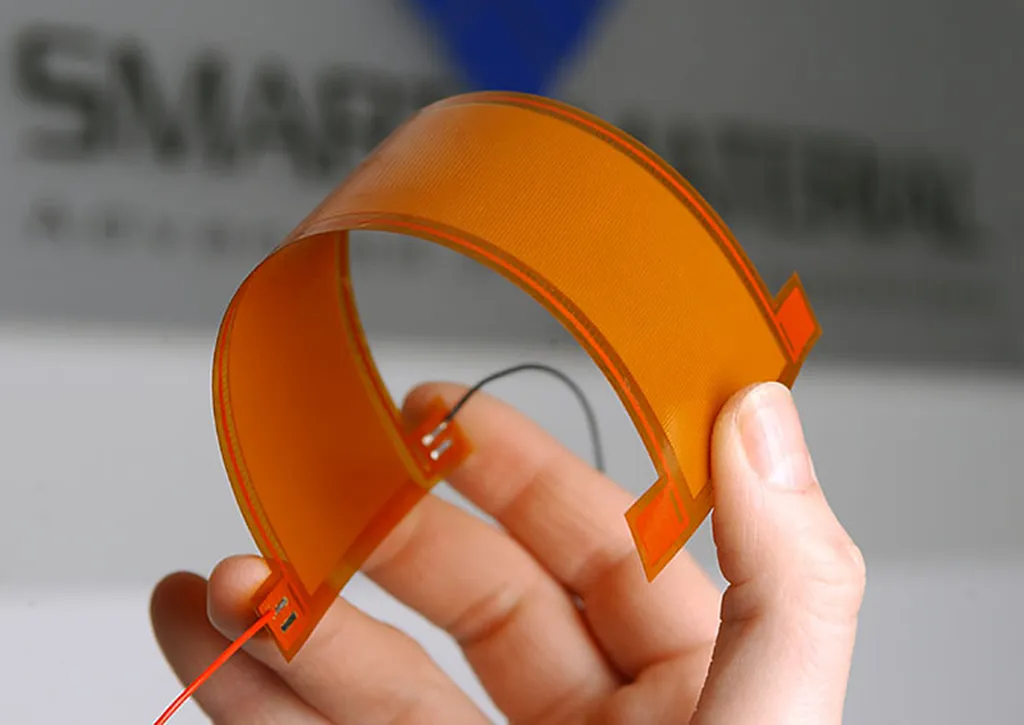In a groundbreaking development that could revolutionize noise reduction strategies in the energy sector, researchers have harnessed the power of 3D printing to create innovative sound-absorbing materials. The study, led by Reza Navidpour from the Department of Mechanical Engineering at Urmia University in Iran, explores the sound-insulation performance of parts 3D printed using Fused Filament Fabrication (FFF) with a functionally graded (FG) porous structure. This research, published in the journal ‘Macromolecular Materials and Engineering’ (or ‘Makromolekulare Materialien und Ingenieurwesen’ in German), opens new avenues for effective noise control in industrial applications.
Navidpour and his team investigated the sound absorption properties of 3D printed parts with FG porous structures and controlled pore sizes. The study compared samples with single porosity and varying infill densities to those with FG porous structures. The findings revealed that FG porous structures offer superior sound absorption at lower frequencies without the need for increased thickness or weight. “Unlike uniform porous structures, FG porous structures provide higher sound absorption at lower frequencies, which is crucial for many industrial applications,” Navidpour explained.
The implications for the energy sector are significant. Effective noise reduction is a critical concern in power generation, particularly in wind farms and industrial facilities where noise pollution can be a major issue. Traditional sound-absorbing materials often require substantial thickness and weight, making them impractical for many applications. The FG porous structures developed in this study offer a more efficient and flexible solution.
Navidpour’s research also highlighted the impact of sample orientation on sound absorption coefficients, adding another layer of complexity to the design process. This discovery could lead to more tailored and optimized noise reduction strategies, further enhancing the practical applications of the technology.
The study’s findings suggest that 3D printing with FG porous structures could become a game-changer in the field of acoustics. As Navidpour noted, “The ability to control porosity and structure through 3D printing allows for the creation of materials that can absorb sound waves across a broader frequency range, making them highly versatile for various industrial needs.”
The research published in ‘Macromolecular Materials and Engineering’ not only advances our understanding of sound absorption but also paves the way for innovative solutions in noise reduction. As the energy sector continues to evolve, the adoption of such advanced materials could play a pivotal role in mitigating noise pollution and improving the overall efficiency of industrial operations. This study is a testament to the potential of 3D printing technology in addressing real-world challenges and driving progress in the field of acoustics.

